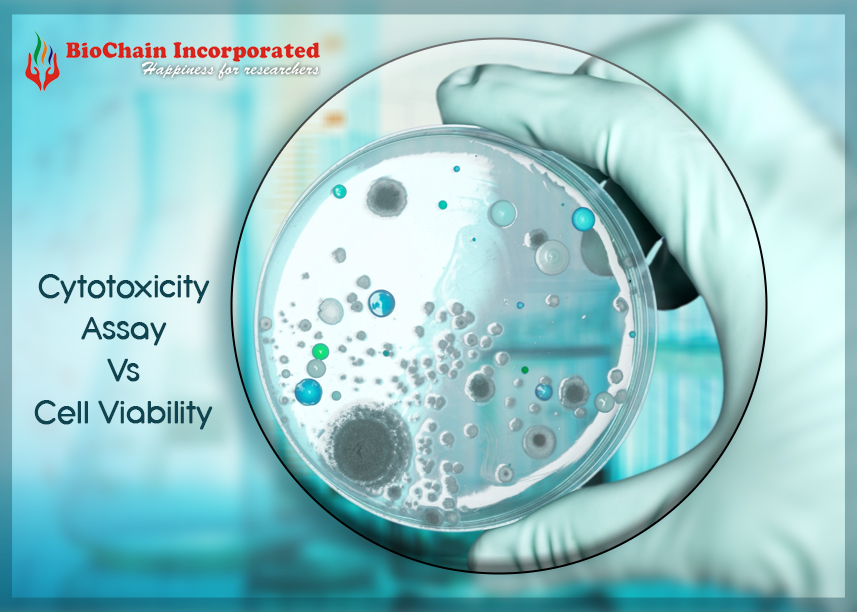Making Choices Between Cytotoxicity Assay And Cell Viability
Somebody who is acquainted with using Skin Sensitization Assay Kits knows that both are equally important. But how to choose the right one? Here’s the answer!
When studying the effects of different treatments on cells, it is essential to have an accurate measure of cell health. Two commonly used assays for this purpose are cytotoxicity assays and cell viability assays. Let’s check the role of instaCELL Phospholipidosis Assay Kits in all this.
Understanding Cytotoxicity Assay And Cell Viability
While these assays are often used interchangeably, they measure different aspects of cell health and have different strengths and limitations. In this section, we will explore the differences between cytotoxicity and cell viability assays. Also, when to choose one over the other.
Cytotoxicity assays measure the extent of damage that a compound or treatment causes to cells. These assays typically rely on measuring the release of intracellular components, such as lactate dehydrogenase (LDH), into the surrounding medium. The amount of LDH released is proportional to the number of damaged cells. Thereby, making cytotoxicity assays a useful tool for assessing the potency of potential drugs or toxins.
On the other hand, cell viability assays measure the number of live cells in a population. These assays use dyes that can only enter live cells, allowing researchers to count the number of viable cells present. Cell viability assays are commonly used to assess the efficacy of cell culture techniques and to monitor cell growth over time.
When deciding between cytotoxicity and cell viability assays, it is important to consider the specific question being asked. If the goal is to determine the toxicity of a compound or treatment, a cytotoxicity assay would be more appropriate. However, if the focus is on cell growth or proliferation, a cell viability assay would be more useful.
What Factors To Consider?
Another factor to consider is the type of cells being studied. Some cells are more sensitive to certain types of damage, making them more susceptible to cytotoxicity than others. In addition, some cell types may not tolerate certain dyes used in cell viability assays, leading to inaccurate results. Therefore, researchers should carefully select the appropriate assay for their specific cell type and research question.
Finally, it is important to consider the limitations of each assay. Cytotoxicity assays only measure the damage to cells, but do not provide information on the overall health of the cell population. Cell viability assays, on the other hand, do not provide information on the extent of damage to individual cells.
The Bottom Line
Whether it is cell viability or cytotoxicity assay, make sure to buy Keratinosens Assay Kit exclusively from Biochain. We continue our legacy as the most reputed Thermo Fisher distributors. Get in touch with us today and buy cell visibility assays at extremely affordable prices.




.png)


.png)
.png)
.png)
.png)
.png)
.png)